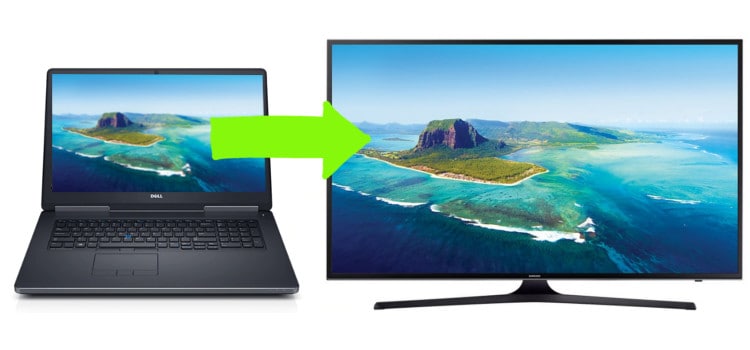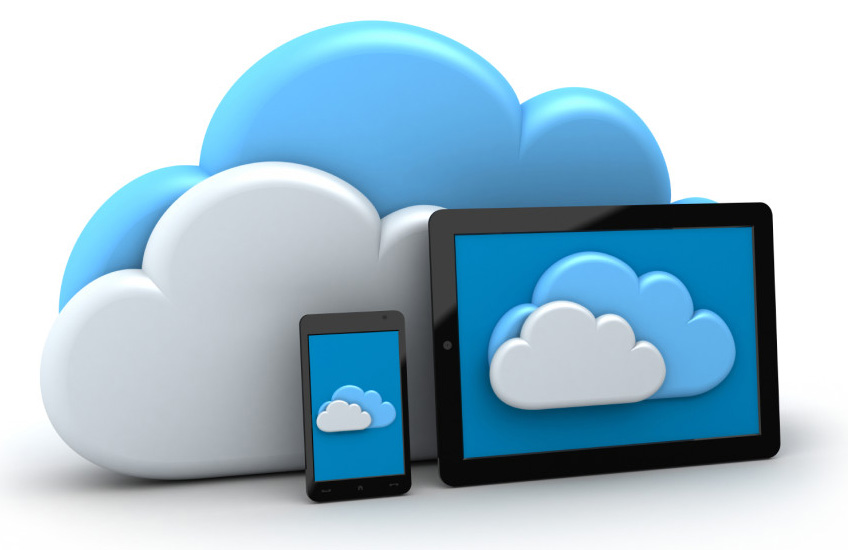
Modern businesses are constantly looking to reduce their carbon footprint. One of the best ways to achieve this is with a greener IT environment.
When it comes to the environment, digital data comes at a cost. Therefore, it’s important for businesses to evaluate their practices in order to reduce their impact on the environment. This is known as Green IT, a study and practice of the ways in which IT usage can be more environmentally friendly and sustainable. However, for many organizations, their adoption of eco-friendly practices tends to be focused on manufacturing and service elements.
How Do You Develop Sustainable IT Practices?
If you want to reduce the carbon footprint of your IT operations, you should start making changes in these areas:
- Cloud computing: one of the best ways to reduce your impact on the environment is by embracing the cloud. Due to superior hardware setups, cloud data centers use less energy than traditional in-house data solutions. And the savings are seriously impressive. It’s estimated that cloud computing can improve energy efficiency by up to 93% and, in the process, release 98% fewer greenhouse gases.
- Dark data: all businesses carry and store huge amounts of data, but does it all need to be kept? Data which is stored, but not required is referred to as dark data. Therefore, if you’re using cloud data centers, which are responsible for 2.5% of carbon dioxide emissions, to store dark data, you’re putting an unnecessary strain on the environment. The solution here is to evaluate your data governance policies and develop strategies for disposing of dark data.
- Turn your PCs off: many employees fail to shut their PCs down at the end of the day. This is the result of wanting to get home and, of course, saving time the next day when they’re logging on. However, leaving a PC running overnight not only produces carbon emissions but also shortens the lifespan of the device. This means that you are more likely to have to replace the machine, contributing towards environmental damage. Accordingly, your employees need to be educated on the importance of shutting their PC down.
- Outsourcing: if your business experiences a surge in demand, you don’t have to buy additional equipment to cope with the increased workload. Instead, you can outsource this workload, such as to a call center, to manage the demand. After all, this surge in activity may be short lived, and outsourcing represents a sustainable and more affordable option. Remember, anything which reduces the sale of new hardware will only have a positive effect
on the environment.
- Remote working: advances in IT technology mean that any employee with a high-speed internet connection can seamlessly connect with your IT infrastructure from home. This means a reduction in not just emissions from travel, but also a number of energy saving costs in your office. As a result, allowing employees to work from home will easily enhance your green credentials and reduce your carbon footprint.
For more ways to secure and optimize your business technology, contact your local IT professionals.
Read More














